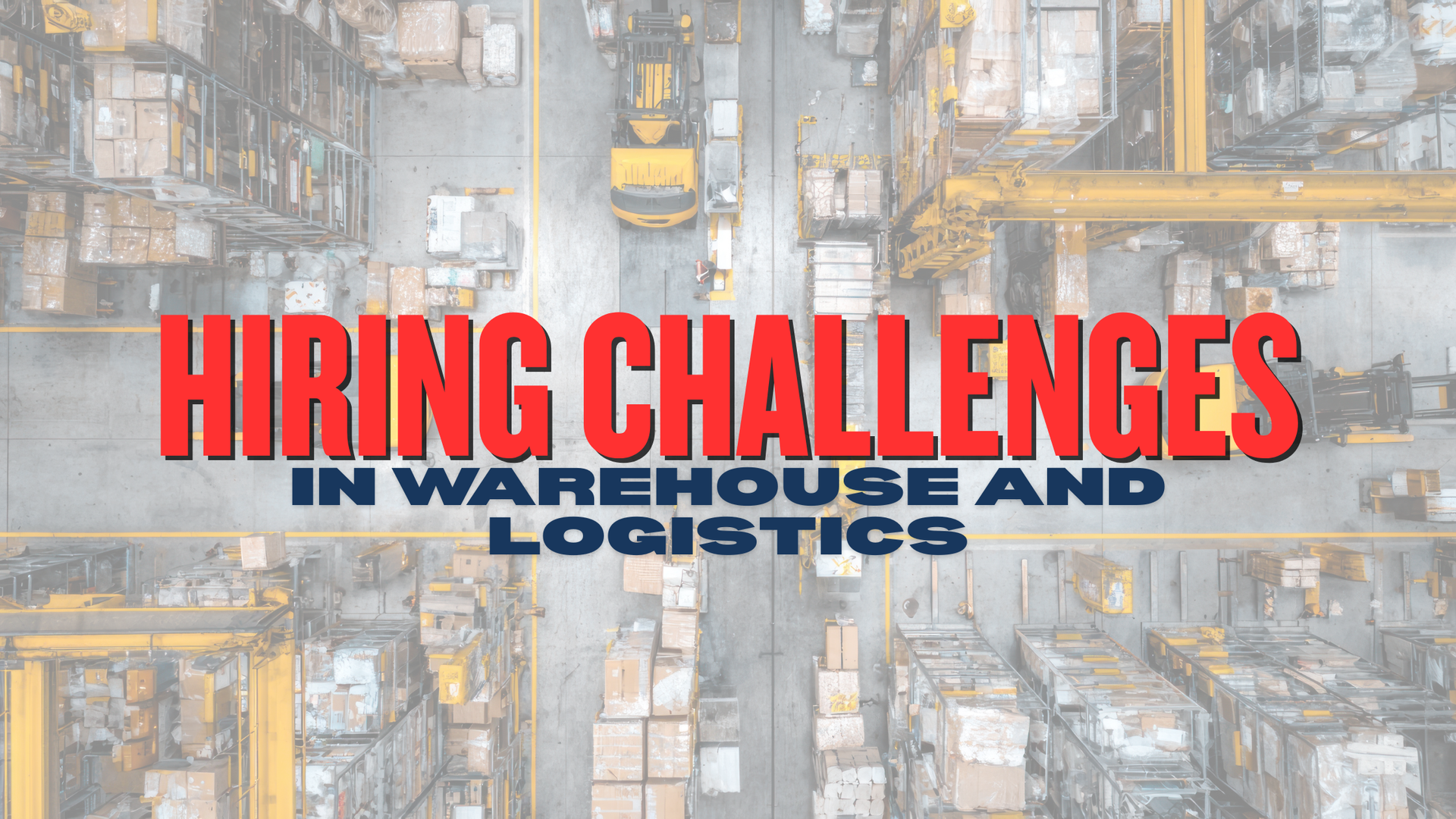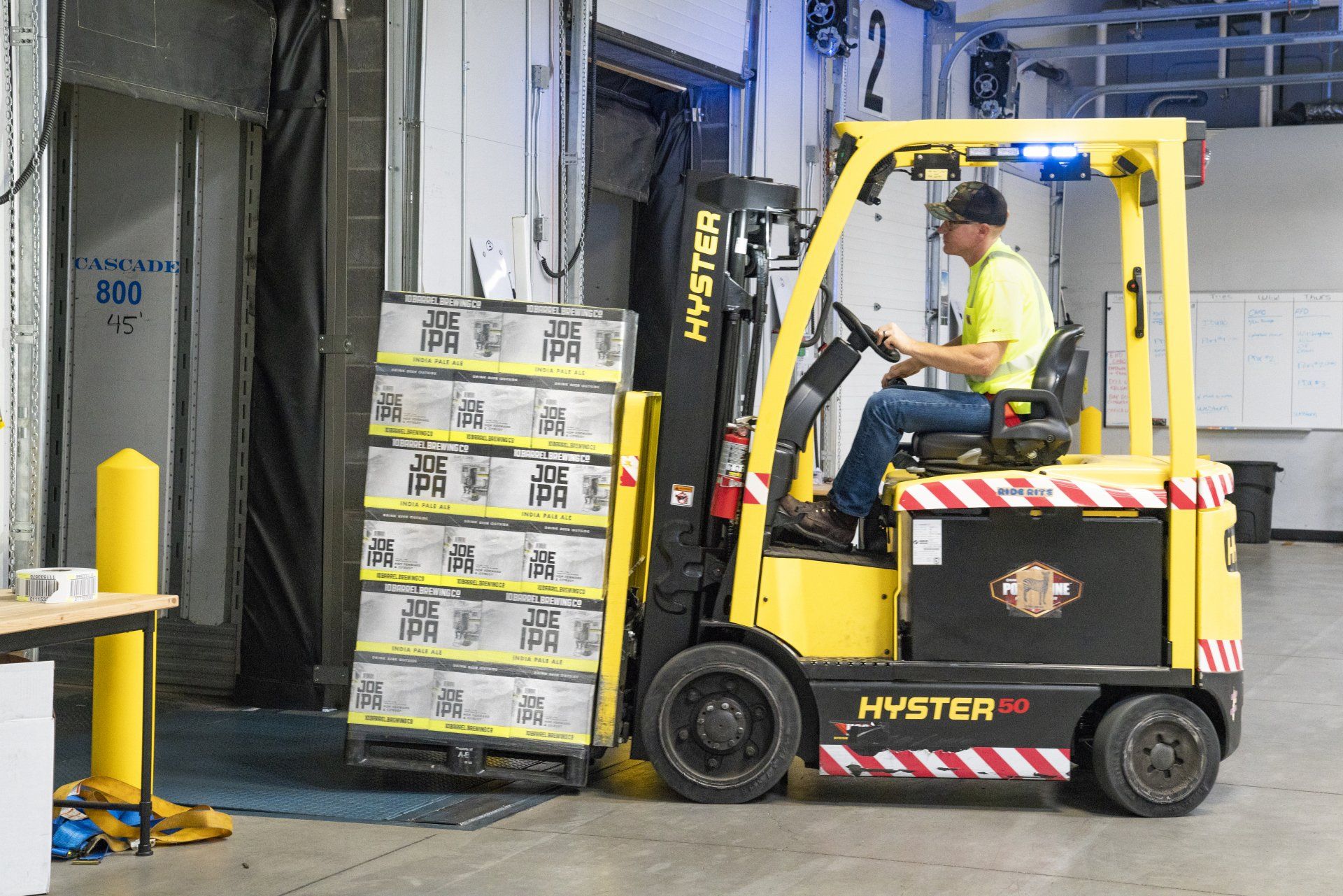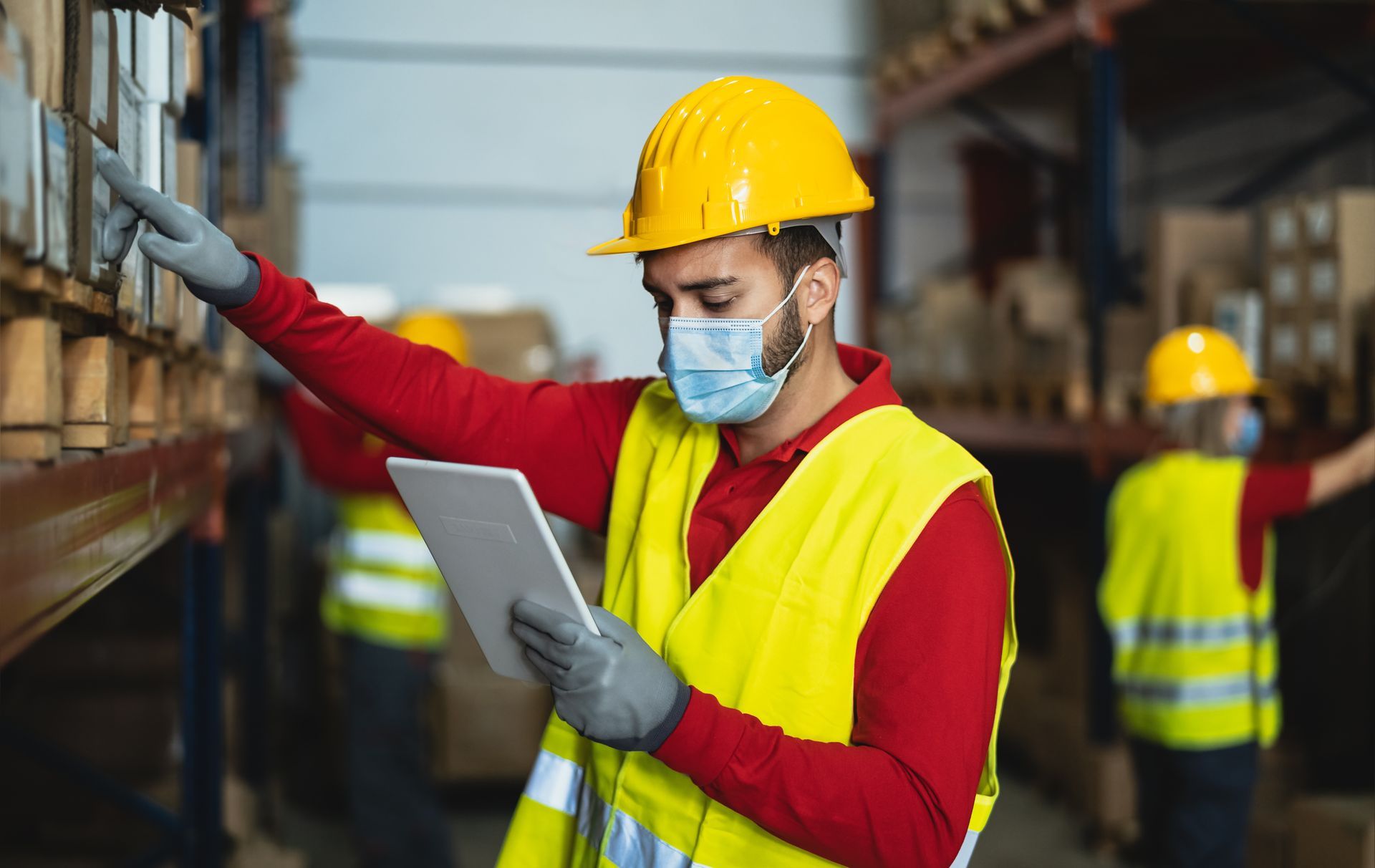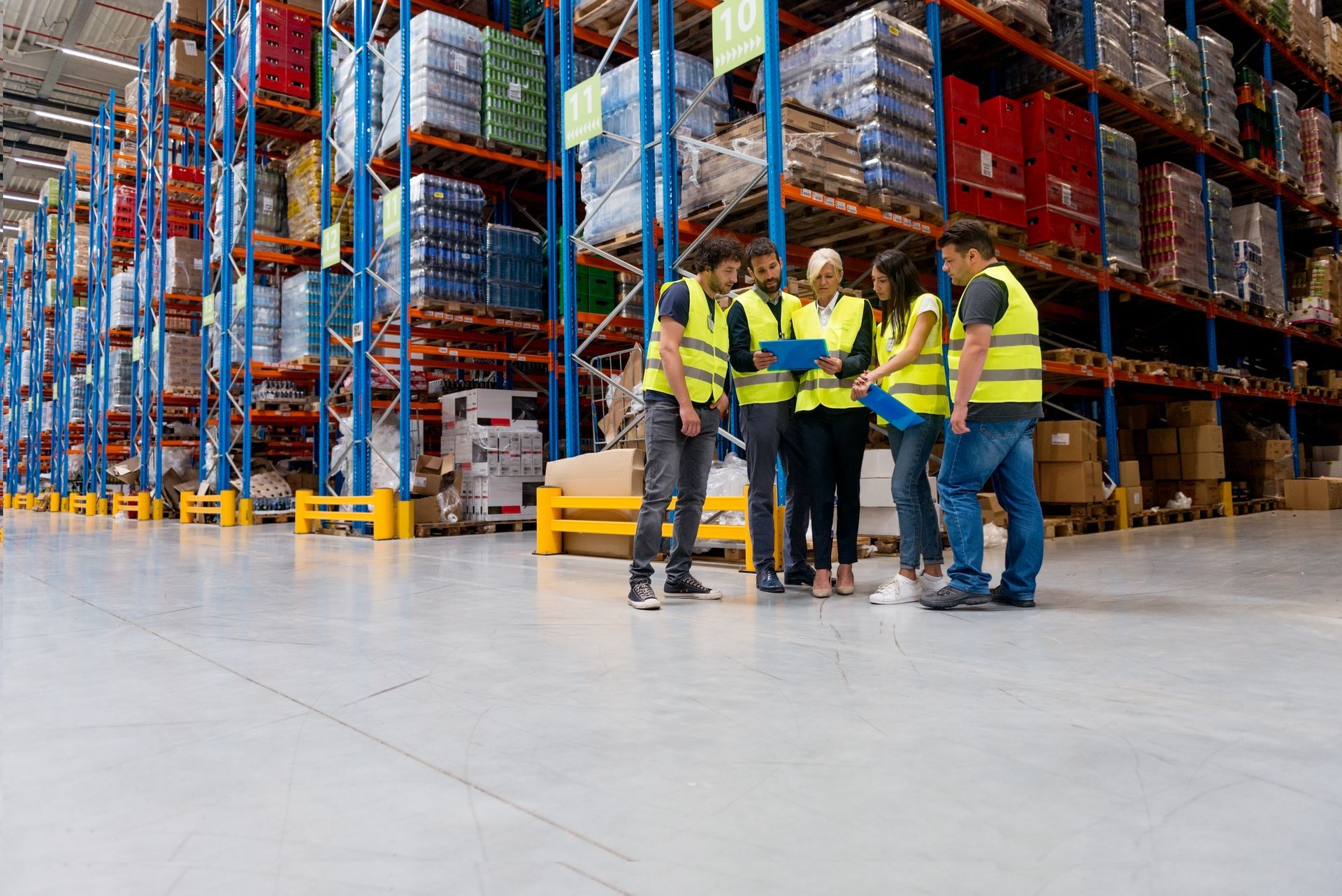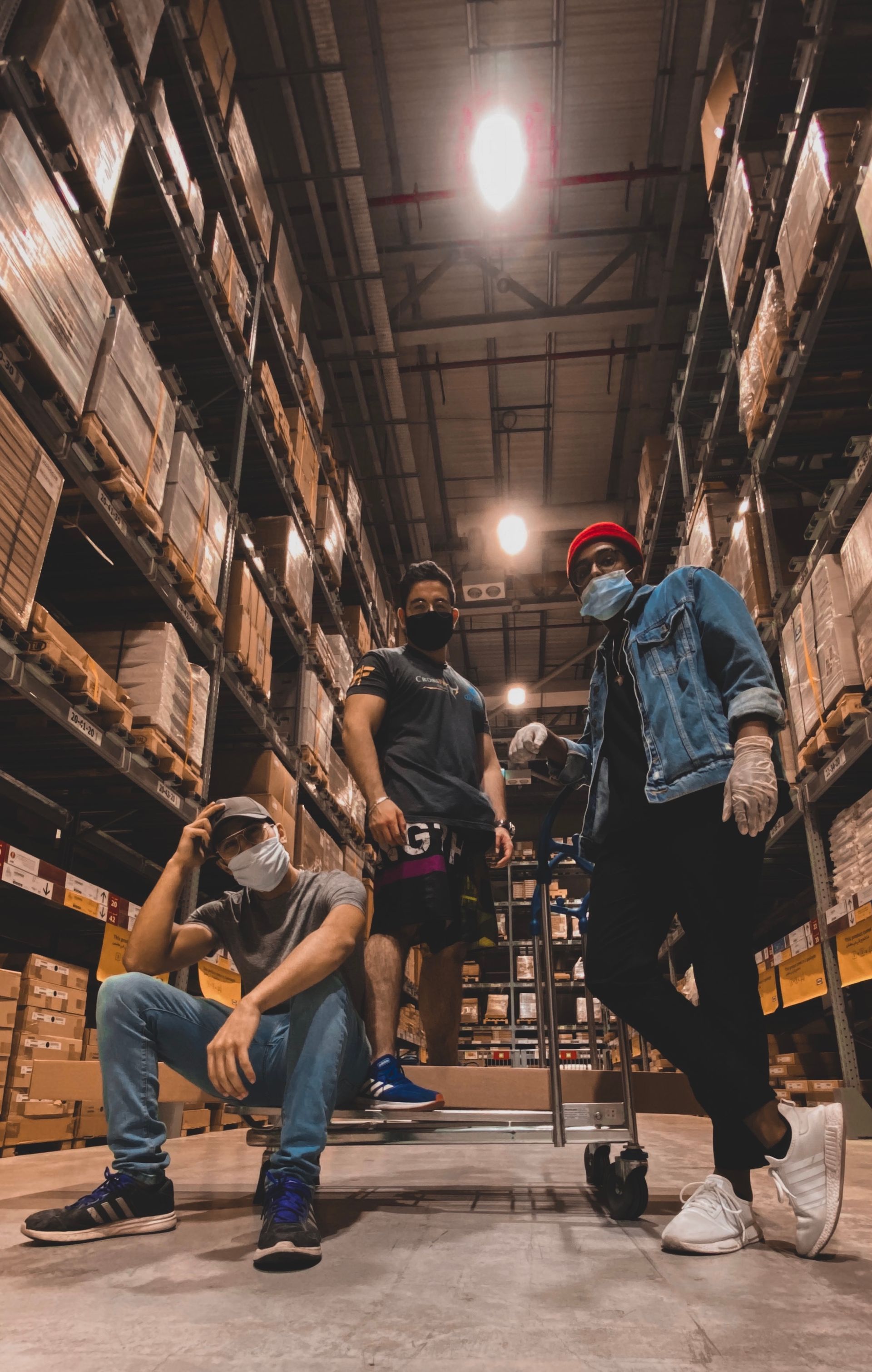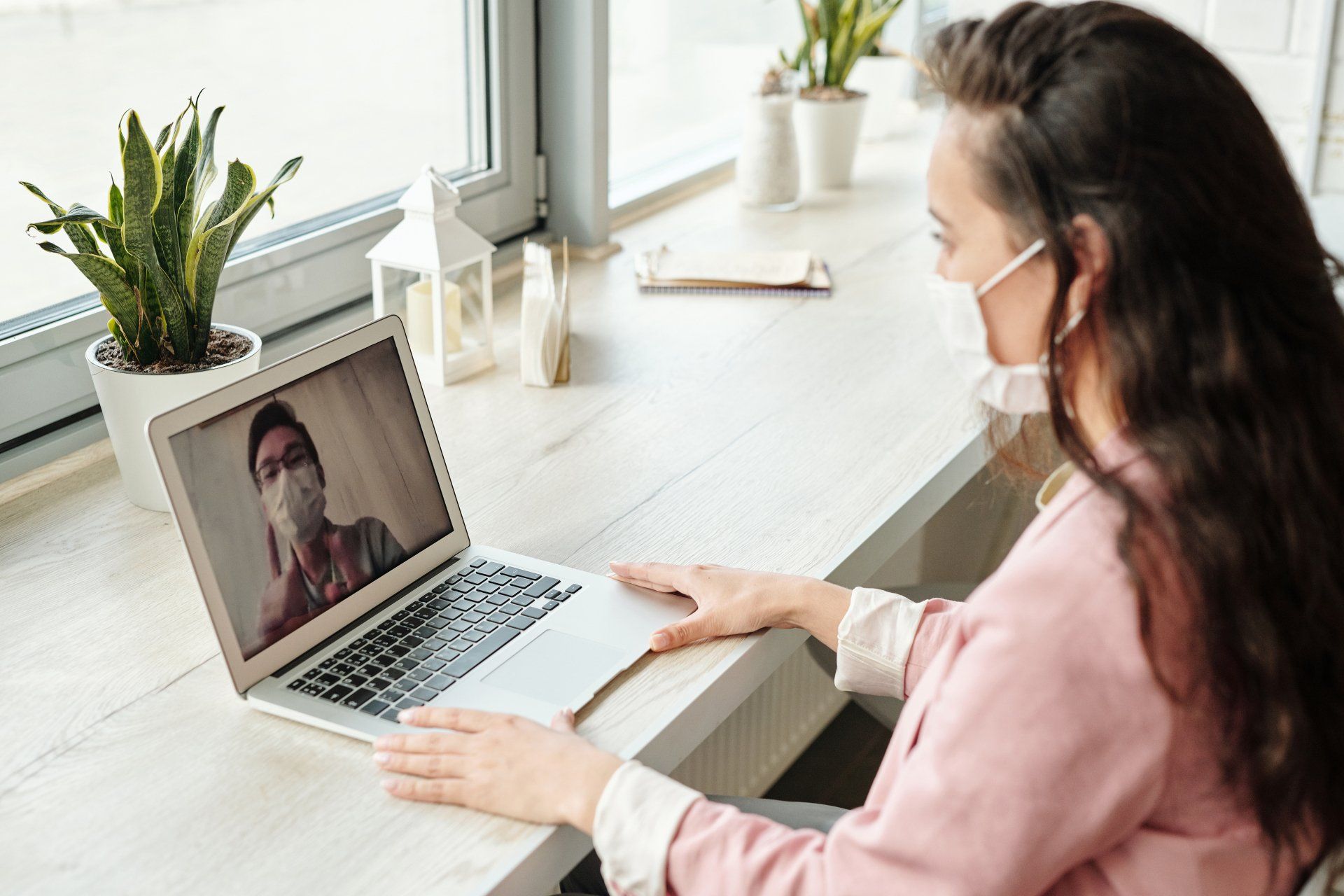How To Keep Your Workplace Clean During The Coronavirus Outbreak
The Coronavirus has entered our lives unexpectedly changing the way that society is operating and how we are acting. Our mindset has changed making us more aware of living essentials and our health. Due to this, some workplaces have enforced that their employees work from home.
For a lot of workplaces, working from home is not an option due to being:
- Customer Service/Retail
- Warehouse/DC
- Transportation
- Small offices/businesses
- and many more.
For those workplaces who have not implemented "working from home" protocols, all employees and employers must know how to keep healthy and hygienic. This is to ensure everyone stays healthy and safe during this crisis, from workers to customers.
So, what can workplaces implement to ensure the health and hygiene of employees and customers?
Implement a Hygiene Policy
A hygiene policy outlines the expectations of hygiene within the workplace. It is a written policy that employees should receive and sign to identify that they are aware of the expectations of their hygiene and the processes your workplace has put in place. During these times of COVID-19, this is an avenue that workplaces who have kept their doors open to employees should explore.
When introducing this policy, it is important that it outlines what processes you have put in place, what the expectations around those processes are and communicate it with them effectively. This could look like one on one conversations, groups of 10 or an announcement to reduce a mass gathering of people.
What you can include in a Hygiene Policy
Basic Hygiene:
This is for everyone to practice, whether it is in a hygiene policy or not. These are ways to keep your hygiene at its highest and in return, keeping everyone around you healthy:
- Washing your hands with soap for 20+ seconds.
- Washing your hands before and after going to the bathroom.
- Washing your hands before and after you eat.
- Avoid psychical contact with others.
- Avoid touching your face.
- If you are in public places, sanitise your hands regularly if possible or wash your hands when you can.
- Keep your desk/workplace clean.
- Try to keep the recommended 1.5 metres distance from others.
Clean Bathrooms:
Not only should employers be providing clean bathrooms, but employees should also keep the bathrooms clean. It can be hard to find cleaning supplies, hand sanitizer, soap and wipes at the moment but it is important to do what you can to keep clean.
When you use a bathroom, please keep it clean and wash your hands for the recommended at least 20 seconds using soap. If you make a mess, clean it with the appropriate methods and supplies.
Clean Kitchens:
As this is a communal area in the workplace where people make food and eat, people should also be practising hygiene here. This includes cleaning your mess, washing your hands and ensuring you cough and sneeze into your elbow or tissue. Keeping these areas clean is essential!
Regular cleaning:
A workplace should enforce regular cleaning of communal areas and workplaces. It adds another layer of protection from germs and the spread of germs.
Provide hygiene products:
As times are crazier than ever before when it comes to buying cleaning products, this may be hard to provide. If your workplace is running low on cleaning supplies it is important to communicate with your employees about this. A solution may be that some employees can bring in spare supplies. This could even mean buying from websites such as Wish.com as a last resort.
These are simple steps that we can take to keep ourselves and everyone around us clean and healthy. For workplaces who cannot get their employees to work from home, these should be considered.
We wish the best for everyone during this time, if we work together to contain the spread we will come out of this as a stronger country and community.
